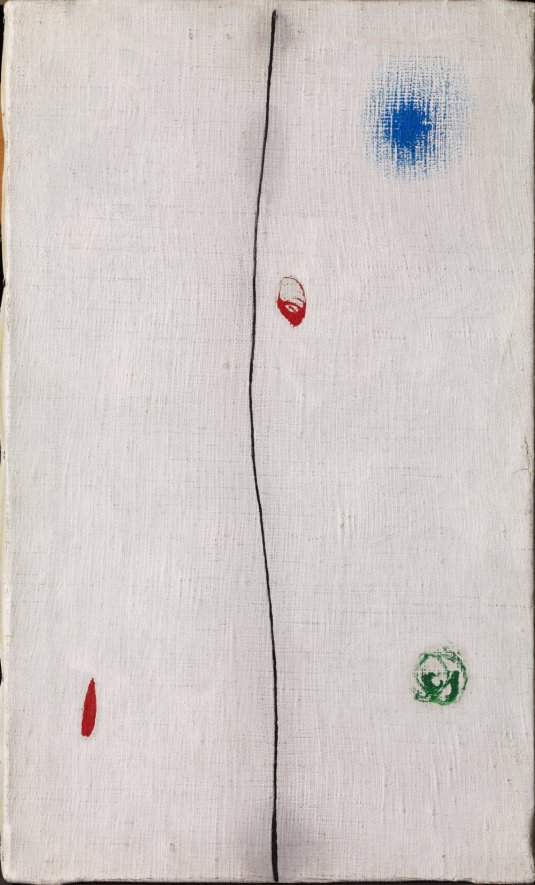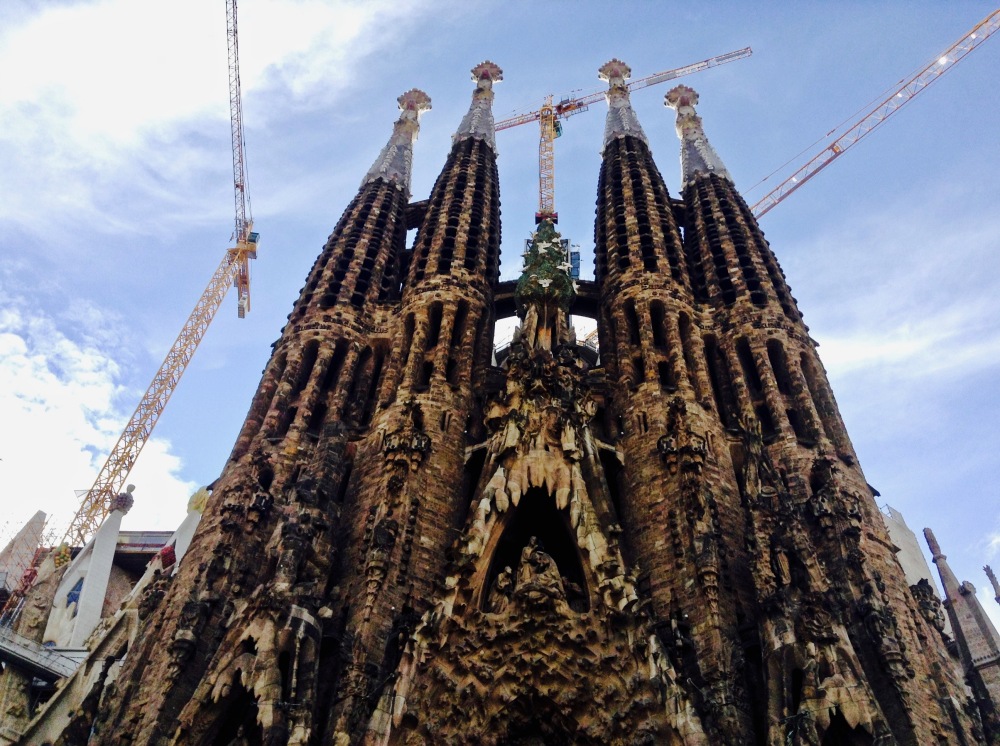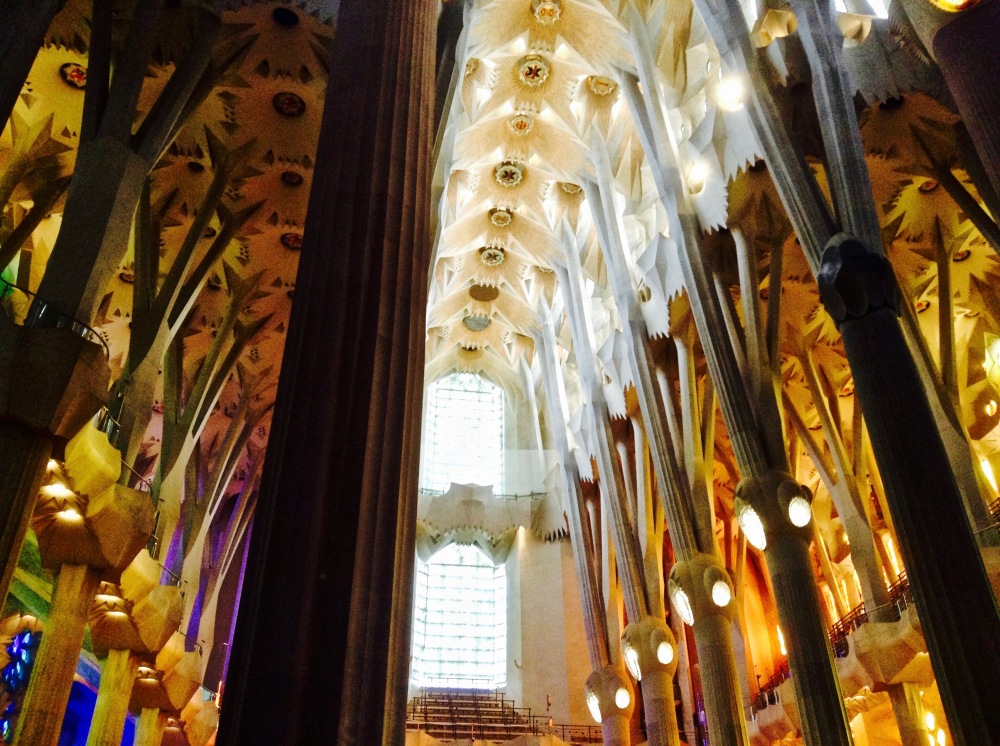The Setting:
Fin de siècle Paris. The 1900 International Congress of Mathematicians takes place in the city. David Hilbert gives the opening address, laying out his vision for the future of mathematics in a seminal list of 23 unsolved problems. First on the list is Cantor’s Continuum Hypothesis, the most prominent problem in the fledgling field of set theory. Motivated by the Congress, Hilbert’s speech, and a venerable professor receptive to Cantor’s radical ideas, three brilliant young French mathematicians make sudden, bold advances in set theory and analysis, changing mathematics forever in just a few short years.
The characters:
Camille Jordan. A respected Parisian mathematician and professor. Introduces Cantorian set theory to Paris through his lectures. Makes substantial progress in measure theory by extensively studying a finitely-additive measure on certain sets of real numbers that comes to be known as the Jordan measure. Known for his unorthodox notational decisions.
Émile Borel. Doctoral thesis in 1898. Mathematician, socialite, politician. Member of the French National Assembly (1924-1936), Minister of Marine in the cabinet of Paul Painlevé (1925) (also a mathematician), member of the French Resistance during World War II. Introduces the class of Borel sets of real numbers and shows that a measure can be defined on them. Provides refuge to Marie Curie during her scandal of 1911. Becomes frustrated by set theory. Stops doing mathematics in 1914.
René-Louis Baire. Doctoral thesis in 1899. Early student of Borel. Grows up in a poor Parisian family, suffers his entire life from delicate health and agoraphobia. Feels the world treats him unfairly, does poorly on oral exams, is given teaching posts beneath his ability. Defines a new hierarchy of functions that goes beyond the continuous functions that had predominated in mathematics. Proves what becomes known as the Baire Category Theorem, one of the seminal theorems in general topology. Breakdowns in health lead him to leave mathematics around 1914.
Henri Lebesgue. Doctoral thesis in 1902: “Integral, Length, Area” contains many breakthroughs. Also an early student of Borel. Develops the theory of Lebesgue measure and Lebesgue integration. Lebesgue measure is a countably additive measure, extending the Jordan measure and forming the foundation for modern analysis. Strained relations develop between Lebesgue and Borel, his doctoral supervisor, over a number of issues, including the Dreyfus Affair and competition over priority for ideas in measure theory.
The Axiom of Choice. Introduced in the early twentieth century and instantly controversial for its assertion of the existence of sets that cannot be explicitly constructed. The young French mathematicians, who so readily adopted Cantor’s ideas on infinity, feel that the Axiom of Choice goes too far and retreat from their earlier explorations, and, in some cases, even from mathematics. Set theory, seemingly going against the strict rationalist tradition of the Enlightenment that prevails in France at the time, moves east, to Poland and Russia.
Selected Quotes:
Higher infinities … have a whiff of form without matter, which is repugnant to the French spirit.
-Henri Poincaré, rival of David Hilbert and opponent of set theory
Like many of the young mathematicians, I had been immediately captivated by the Cantorian theory; I don’t regret it in the least, for that is one mental exercise that truly opens up the mind.
-Borel
Such reasoning does not belong to mathematics.
-Borel, on the Axiom of Choice
I will try never to speak of a function without defining it effectively; I take in this way a very similar point of view to Borel … An object is defined or given when one has said a finite number of words applying to this object and only to this one; that is when one has named a characteristic property of the object.
-Lebesgue
Preview of Next Act:
Cracow, Poland, 1916: Hugo Steinhaus, fresh from his graduation in Göttingen, walks through a park and overhears a stranger say the words, “Lebesgue integral.” He introduces himself to said stranger, who happens to be Stefan Banach. The two go on to found the great Lwów school of mathematics, which revolutionizes set theory, topology, and analysis.
Credits:
Quotes sourced from the fascinating book, Naming Infinity, by Loren Graham and Jean-Michel Kantor.
Cover image: Paris Street; Rainy Day by Gustave Caillebotte






